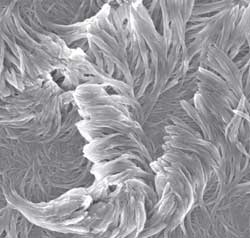
Thursday, November 15, 2018
Nanofiber carpet could mimic gecko feet, polar bear fur
Nanoparticle cancer identity technology makes it easier to find a tumor's 'address'
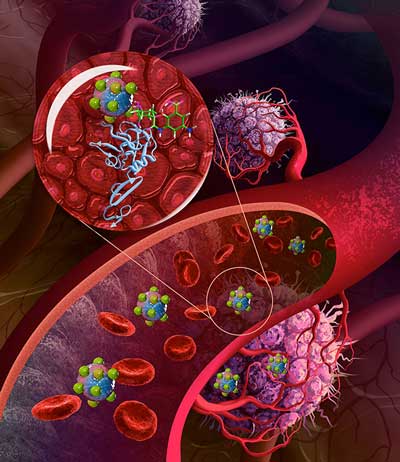
Electronic skin points the way north
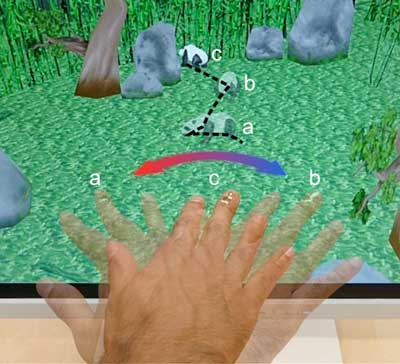
'Smart skin' simplifies spotting strain in structures
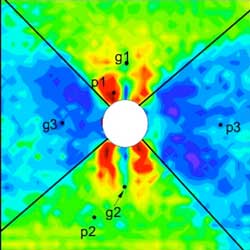
New 'Quantum Sorter' provides information on demand at the atomic scale
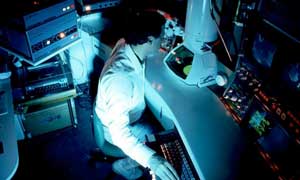
EU US Roadmap Nanoinformatics 2030
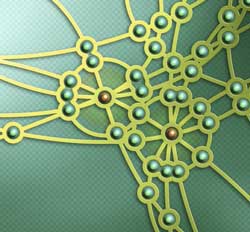
Silica paradox - scientists find a material that breaks modern chemistry laws
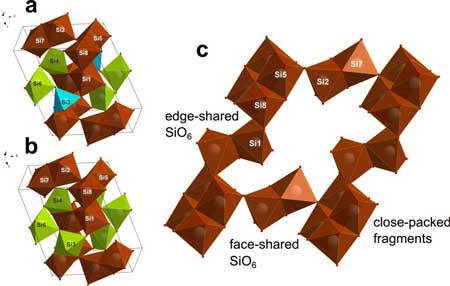
New hyperbolic metamaterial allows greater flexibility of manipulating light-matter interactions at the nanoscale
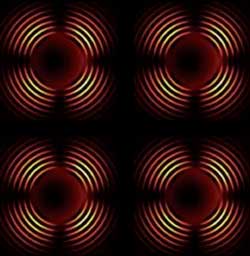
Subscribe to:
Comments (Atom)
